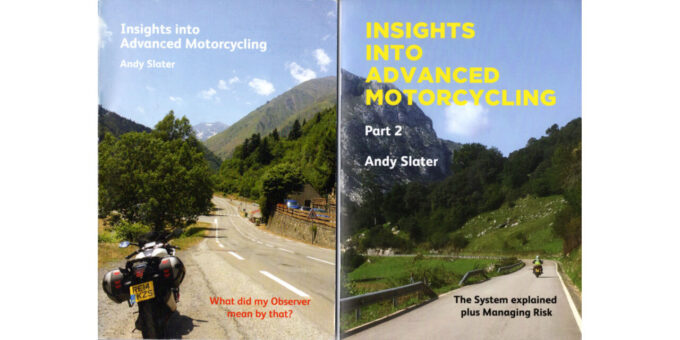
IN PURSUIT OF PROGRESS
‘The faster I go the more progress I’ll make.’
Observers and Instructors are alway banging on about ‘Making Progress’ but what does that mean? Isn’t it just another way of saying go faster ?
Not really.
Making progress is much more complicated than just going faster. Accelerating hard away from the lights just to brake hard for the next set then sit there whilst all the other traffic catches up is not making progress. Indeed you’re probably sacrificing smoothness and possibly legality depending on your peak speed. And it doesn’t look good to other road users.
Progress is about good observation which enables you to plan well ahead and using that plan to navigate your way through traffic and other hazards smoothly using the opportunities that arise to make progress whilst retaining full control. In addition you will be considering the SLAP acronym – Will my manoeuvres be Safe, Legal, will I get some Advantage, and what will the Perception of other road users be? – ‘That was smart’ or ‘What a plonker’.

Some good measures of making progress in urban areas are;
- Can you plan your entry into traffic circulating roundabouts smoothly without stopping where possible?
- Are you looking for, and taking, filtering opportunities as they arise?
- Are you observing the traffic flow and planning your speed of approach to red traffic lights so they might change to green as you arrive?
A little fun exercise is to see how few times you can put your foot down during a journey across town. Challenge a mate to see who puts their foot down the least number of times. Suddenly making progress becomes entering some situations at a slower speed, anticipating when gaps might appear so you don’t have to stop.
On rural roads the challenge is somewhat different. At speed limit changes your rate of acceleration should be brisk and purposeful but not race-like. The same on slowing down into limits. A smooth application of the brakes to reduce speed then a change down to an appropriate gear is preferable to relying on the retardation of the engine alone by closing the throttle some-way off, possibly having to apply throttle to maintain speed before you even get to the new lower limit. Similarly leaving your braking so late that you cross between the limit boards above the applicable speed limit, still showing a brake light, is a give-away that you haven’t got full control of your speed at that point.
Doesn’t going faster prove I’m a better rider?
On the open road getting up to the national speed limit when safe to do is something expected of Advanced Riders. Bumbling around 10mph below the limit could mean a lack of confidence in the machine or your own abilities. Provided the surface is good and the visibility enables you to stop within the distance you can see to be clear on your side of the road, why wouldn’t you go quicker?
Given the agility of a motorbike compared with a car it’s more than likely that you’ll catch other road users quite regularly. Do you then look for and make overtakes in a positive and timely manner when they are available? (See ‘Insights’ Part 1 for the chapter on Overtaking). Remembering that good observation to anticipate and plan an overtake in advance will enable you to overtake far more vehicles than waiting for everything to fall into place and only then start to plan you move. During your overtakes you must not plan to exceed the speed limit and conversely when returning to the near-side of the road you should not inconvenience other road users by ‘cutting-in’ or braking sharply for a speed limit change or corner. When it comes to corners are you taking a position which maximises your view and using a smooth and progressive cornering technique with positive throttle through the bend? If you adjust your speed using the brakes do you complete this in good time to allow for any gear changes before you tip into the corner? Is your speed matched to how the limit point appears to move? Are you in full control of your line at all times and riding within your own and the machine’s capabilities?

The golden rule is at all times is you must be able to stop on your side of the road in the distance you can see to be clear.
The third element of the System of Motorcycle control is ‘Speed’. (IPSGA). What does this mean?
Within the ‘System’ speed is referred to as being the correct safe speed for you to progress through the hazard, which could be a bend, a turn at a junction, or another road user. Your planning should enable you to change into the appropriate gear once your speed has been adjusted before the hazard – see the chapter later on about gears.
How can my slow riding ability help me make progress?
It’s expected that a rider of advanced abilities can control their bike with a degree of confidence and finesse in all circumstances. This includes being able to ride safely at slow speeds through hazards. This could be vehicles stopped at traffic lights so you can filter to the front of the queue with confidence. Wandering off-line banging car wing-mirrors, or worse, is not a good way to introduce yourself or to make friends. Alternatively it could be a slow moving queue of traffic where you’re able to keep the under-carriage up rather than continually stopping to put a foot down to stay in control.
The art of slow riding is best practised regularly despite your years of riding experience. It’s an art which you will be expected to demonstrate on an advanced test. Can you ride safely at walking pace balancing the controls using the rear brake to control speed without excessive engine revs?
- Can you stop and place a pre-determined foot on the ground or is it a lottery decided at the last moment?
- Can you perform a ‘U-turn’ in the width of the road without putting a foot down?
- Can you pull smoothly away whilst turning the bike through 90 degrees? This is especially useful when pulling away from junctions or manoeuvring around other vehicles in traffic.
All of these slow riding skills will be called upon at some point if you ride regularly in urban traffic so practising them in your own time and an open space helps keep them fresh. And yes, it does mean you can make progress through dense traffic smoothly and with confidence.
This article is an extract from Insights into Advanced Motorcycling Part 1. Both Part and Part 2 are now available from Amazon.co.uk and eBay.co.uk.
Originally posted 2020-07-24 21:57:52.


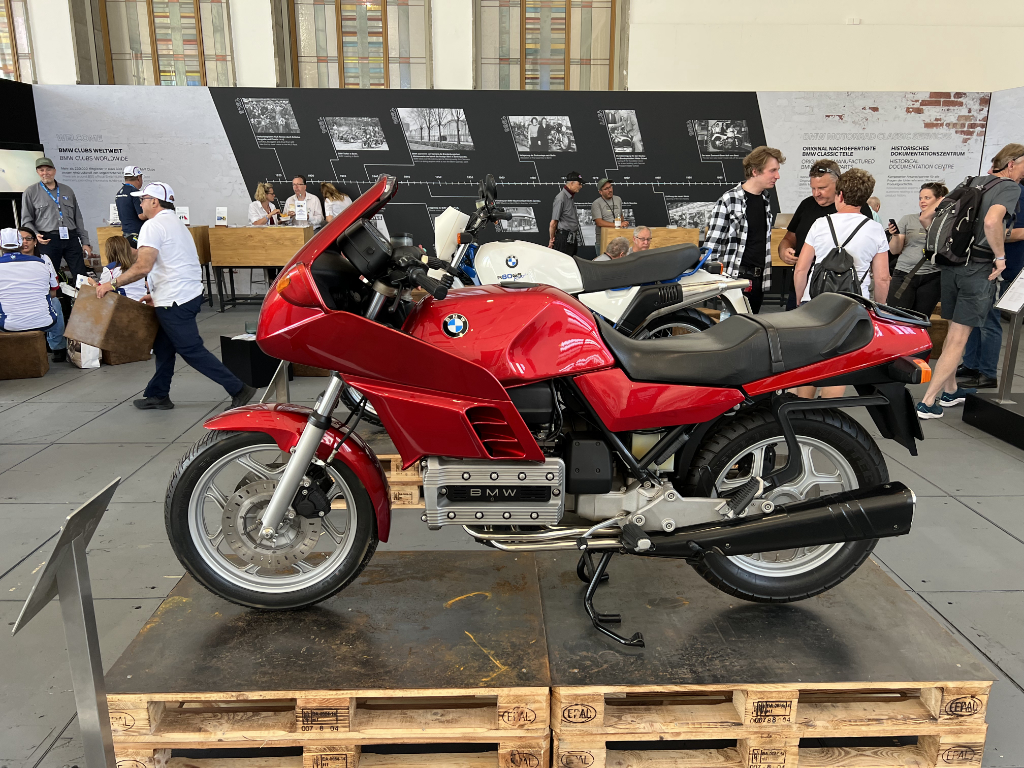
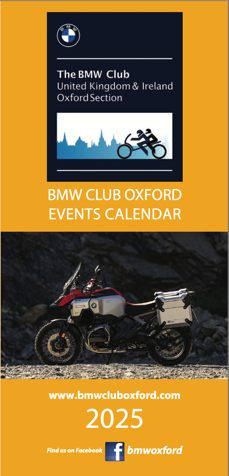
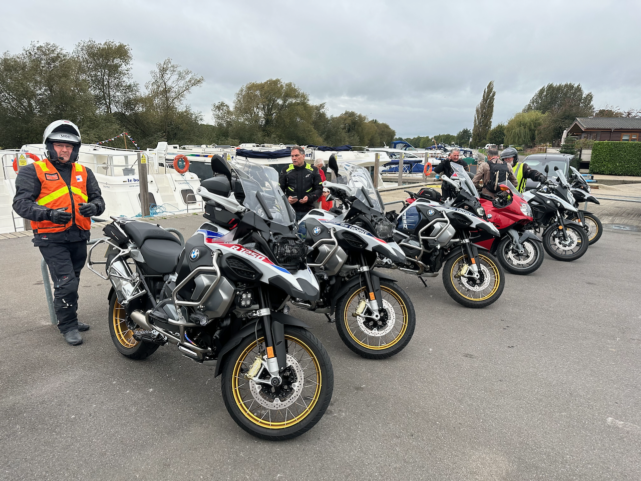


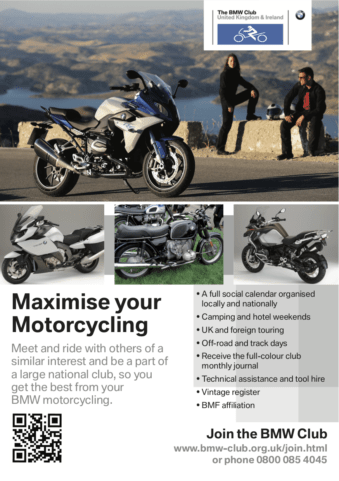
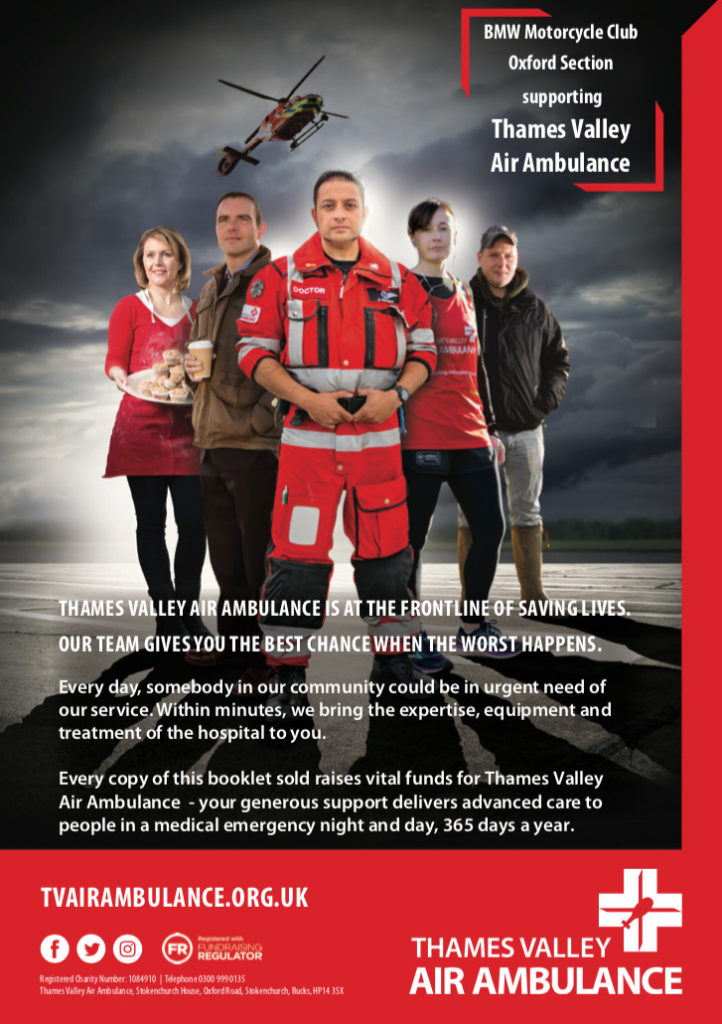
You must be logged in to post a comment.